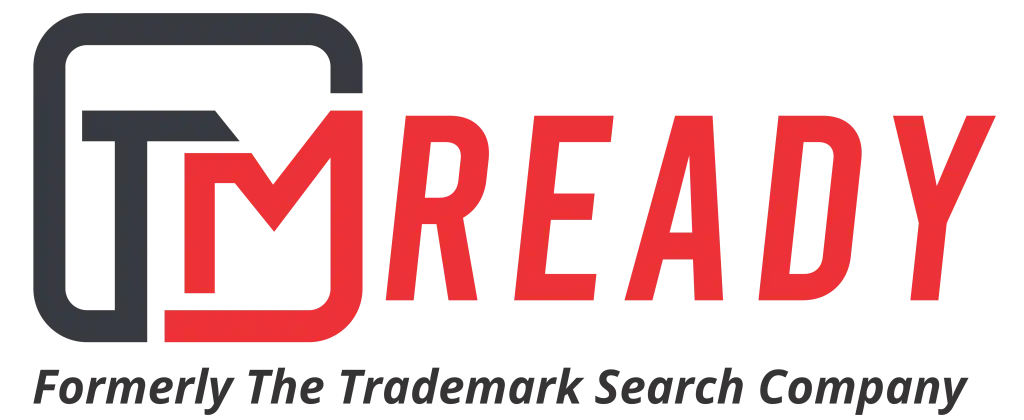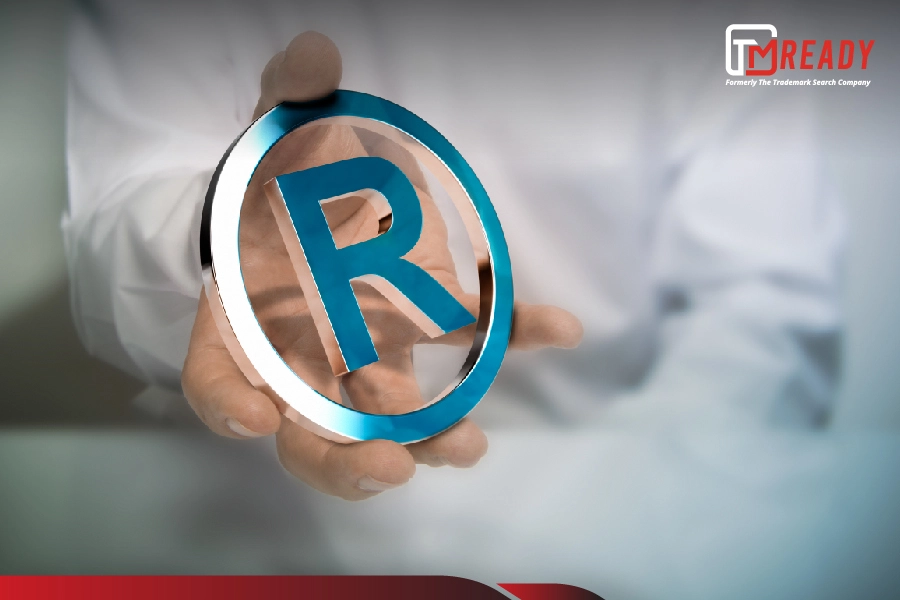Any expression that can help consumers identify the source of a product or service is called as Trademark (s). Although a trademark is usually a word, a phrase or a design, it can also consist of or incorporate features such as color, smell, taste, shape, touch, motion and sound.
Irrespective of the fact whether you use a word, a phrase, or a design it is important to ensure that you are choosing a mark that is strong in nature. A strong mark can preclude even those similar marks that are not directly your competitors and fall in different product category.
A strong and safe mark can only be chosen when you know various kinds of marks that are available for applicants. With this article, we came up with types of marks that an applicant can choose from and after knowing these types you will be able to understand how to choose a mark that is strong and safe.
Kinds of Marks for Trademark Registration
Fanciful or Coined marks- Have you ever heard about trademarks like KODAK (for film), VIACOM (for broadcasting services), and EXXON (for gasoline)? If yes, then you are dealing with marks that fall under this category. These are the marks that exist nowhere on the planet and are created artificially. Apart from this, these marks are made-up and have no valid meaning in dictionaries. You can simply coin any term (for example 1st letter of your family member names) and apply it for registration.
The best part about these terms is that these are the strongest kind of mark and offer the broadest scope of protection. However, the biggest disadvantage about it is that these are the terms that give consumers no clue about your products and services and hence the applicant needs to invest plenty of marketing resource to make it a popular one.
Arbitrary marks- You must have heard about APPLE (for computers), FOX (for broadcasting), and LOTUS (for software), these are all arbitrary marks that are owned by their proprietary companies APPLE COMPUTERS, FOX NEWS and IBM respectively. These are those marks that exist in the dictionary but do not give any clue about the products/services to the consumers. In other words we can say is that these words have no connection with the goods or services they brand.
Suggestive marks- If you are a health conscious person you must have heard about the brand COPPERTONE (sunscreen products owned by Bayer). It is a good example of suggestive mark. Suggestive marks are those marks that offer some clue to the consumer about the products/services being branded by the term but not much. In other words, we can say is that these terms do not immediately describe the goods or services but suggest some feature or advantage of a product/service. It requires some thought or imagination for the consumer to reach a conclusion as to the goods or services.
Descriptive marks- Unlike above mentioned terms these are those terms that offer immediate clue to consumers about the product/service being sold under that brand. These are those terms that offer least or almost no protection unless the applicant can show “acquired distinctiveness,” associated with the term. A good example of descriptive mark could be “PARK N’FLY” for airport parking or ‘PARK N FORGET’ for other kind of vehicle parking.
Generic marks- The last and final kind of marks are Generic. These are those terms that are incapable of functioning as trademarks and companies should avoid applying or using such terms. Some good examples of these terms are “GAS STATION” (for gas refueling), “NEWS STATION” (for news broadcasting) or PEARS (for pear fruits).





